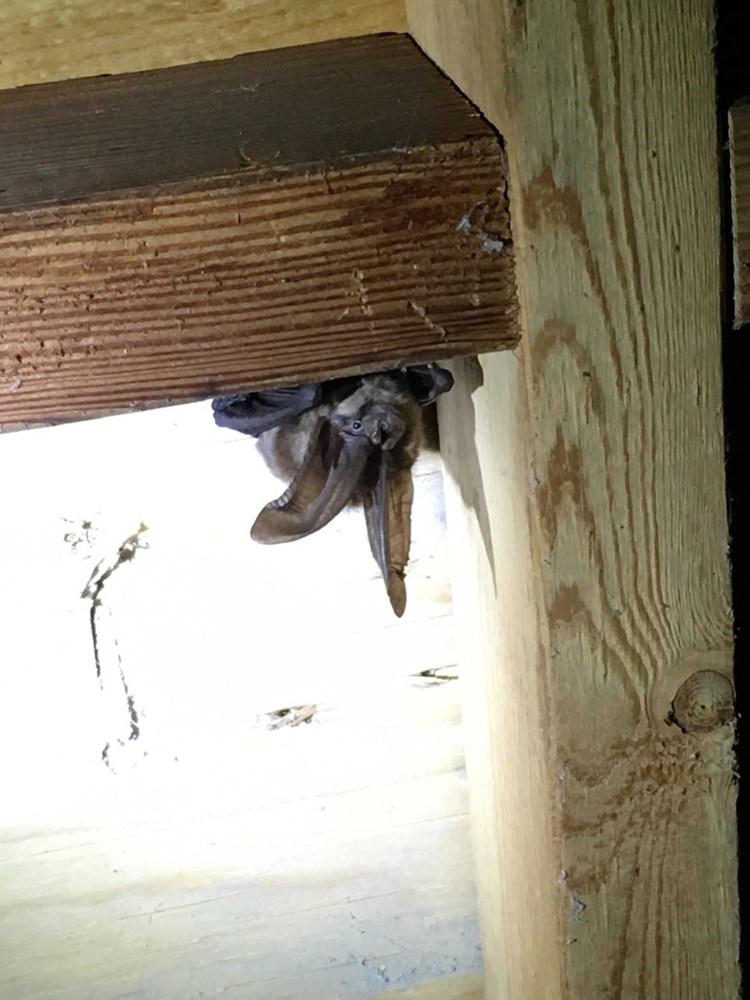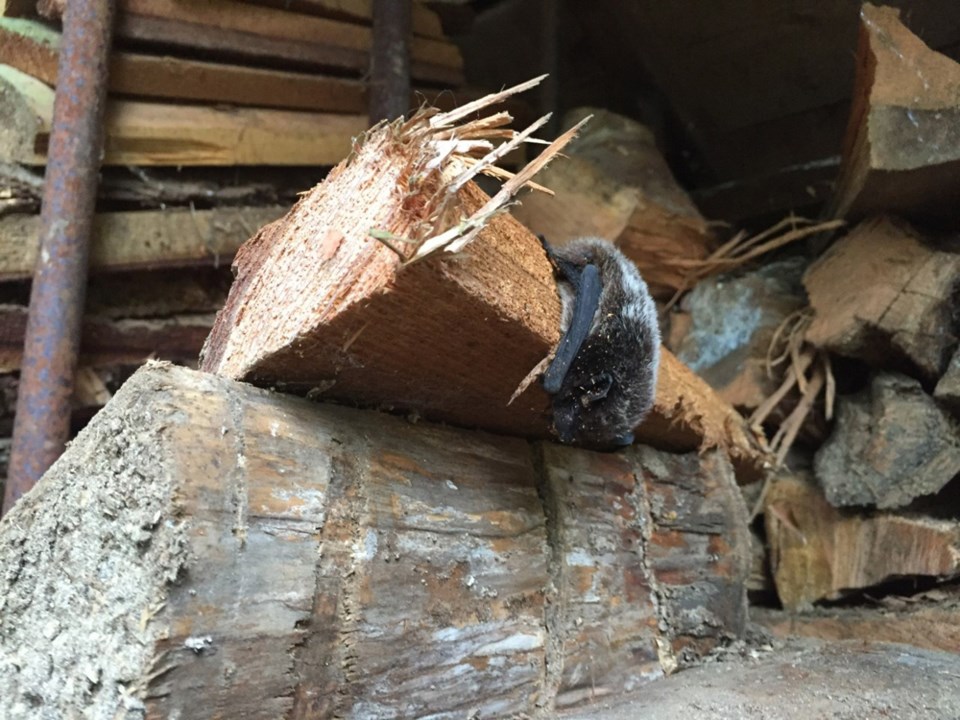It isn't only Squamish adventurers who enjoy this warmer weather.
The current sunshine and mild temperatures in the Sea to Sky also bring out bats, which are becoming active after a winter of hibernation.
Bat researchers are looking for help to identify where bats spend the winter and to assist their study of regional differences in hibernation periods, according to a news release from the BC Community Bat Program.
To help out, just watch for bats and report what you see.

These flying mammals can be seen most easily outside at dusk, near a pond, forest, or rocky bluff.
Bats may be seen flying as they hunt for insect prey or head out for a drink.
They may also be discovered sleeping in a woodpile, under an overhang, or tucked into a corner of the shed.
"These animals may be resting for a few days before continuing on and should be left alone if they are in a safe place. If you have a bat house or a roost site in a building, check for new guano [feces] to know when your bats are back," said Danielle Dagenais, regional bat co-ordinator for Squamish in the release.
Report sightings to the BC Community Bat Program at www.bcbats.ca.
Dead bats should be reported to the program at 1-855-922-2287 ext 11, or vancouver@bcbats.ca as soon as possible.
Never touch a dead bat with bare hands.
If a pet has been in direct contact with a bat, seek further information regarding the risk of rabies.




